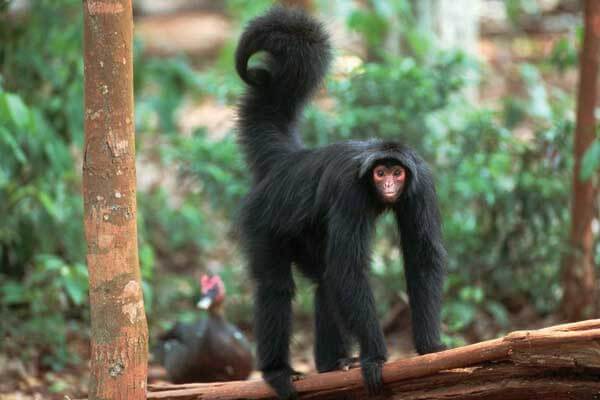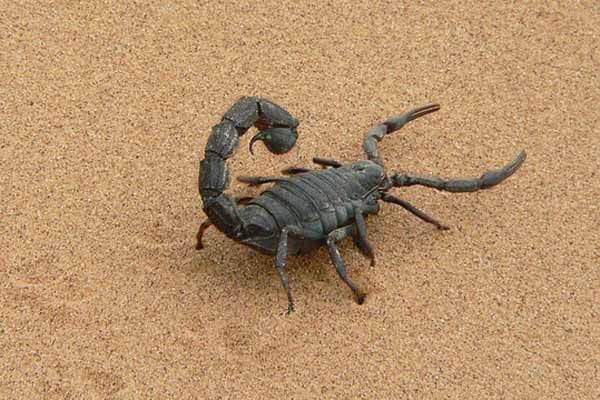The ability of pigeons to find their way home is still related to the magnetic field of the Earth: the corresponding receptors scientists found, connecting to the neurons in the brain of pigeons many fine electrodes and placing birds in a special cell surrounded by magnets on all sides.
Many animals on the Earth are capable to be guided by a magnetic field of a planet, but that, how exactly their brain receives and processes data on a magnetic field, scientists till now could not understand. There were rather reasonable assumptions about the existence of magnetic receptors in an eye retina, a beak, a nose, and an internal ear of various vertebrates. Geneticists were able to identify several areas of the brain that were activated by a magnetic field.
But the central nervous mechanism underlying the reception and processing of the magnetic signal remained unknown. So the question is raised again and again how animals find their way – through the magnetic field of the Earth, through the Sun, through the terrain plan or something else.
David Dickman and Wu Lecin from Baylor College of Medicine in Houston (USA) claim that the birds’ ability to navigate is related to the magnetic field. They publish their work with the results to support this hypothesis in the journal Science.
“We have found nerve responses in the brain stem of pigeons that show how individual cells encode the magnetic field direction, its intensity, and direction.
These data are necessary to obtain an internal model that allows you to establish a spatial reference to the terrain and orientate yourself in space,” write the authors of the article.
The results of the study are very encouraging, especially given that the previous theory of orientation of pigeons was convincingly debunked: the iron cells in the beak of the birds were not “compasses”, but just macrophages that process hemoglobin of dead red blood cells.
Now a group of neurons in the brain of a carrier pigeon (Columbia livia) is proposed as a “compass”. The authors of the work focused on studying the brain areas of pigeons, previously suspected of being able to navigate: these are the posterior brain and vestibular nuclei – centers of orientation in space and control of limb movement.
The task was to localize cells that were sensitive to the magnetic field.
To do this, scientists connected to neurons in the brain of pigeons many fine electrodes, and place birds in a special cell surrounded by magnets on all sides – the so-called Helmholtz rings.
Three pairs of rings fulfilled at once two functions – they suppressed a magnetic field of the Earth and generated a local field, which direction and force could be changed arbitrarily. During the experiment, biologists attached a magnetometer to the bird’s head, monitored the force and direction of the field, and recorded the signals coming from the brain of pigeons.
As a result, scientists were able to identify 53 neurons in the vestibular nuclei of the brain, which responded to changes in the parameters of the magnetic field.
Moreover, each of the cells reacted to only one magnetic field direction. Most likely, such an accurate tuning and “division of labor” between cells and allows birds to achieve such accuracy of navigation. Also, the sensor cells estimated the magnitude of magnetic field induction. The 20 µT magnetic field corresponding to the Earth’s magnetic field at the equator was the lower threshold of sensitivity. The upper limit was the field strength of 120 µT, which is approximately twice as much as the Earth’s maximum in the circumpolar regions.
It is necessary to notice that though this discovery confirms the probability of the existence of iron-containing magnetic receptors at vertebrates, it does not come nearer scientists to an unraveling of the location of these receptors. Authors of work incline to that these cells are in the internal ear of a bird.








